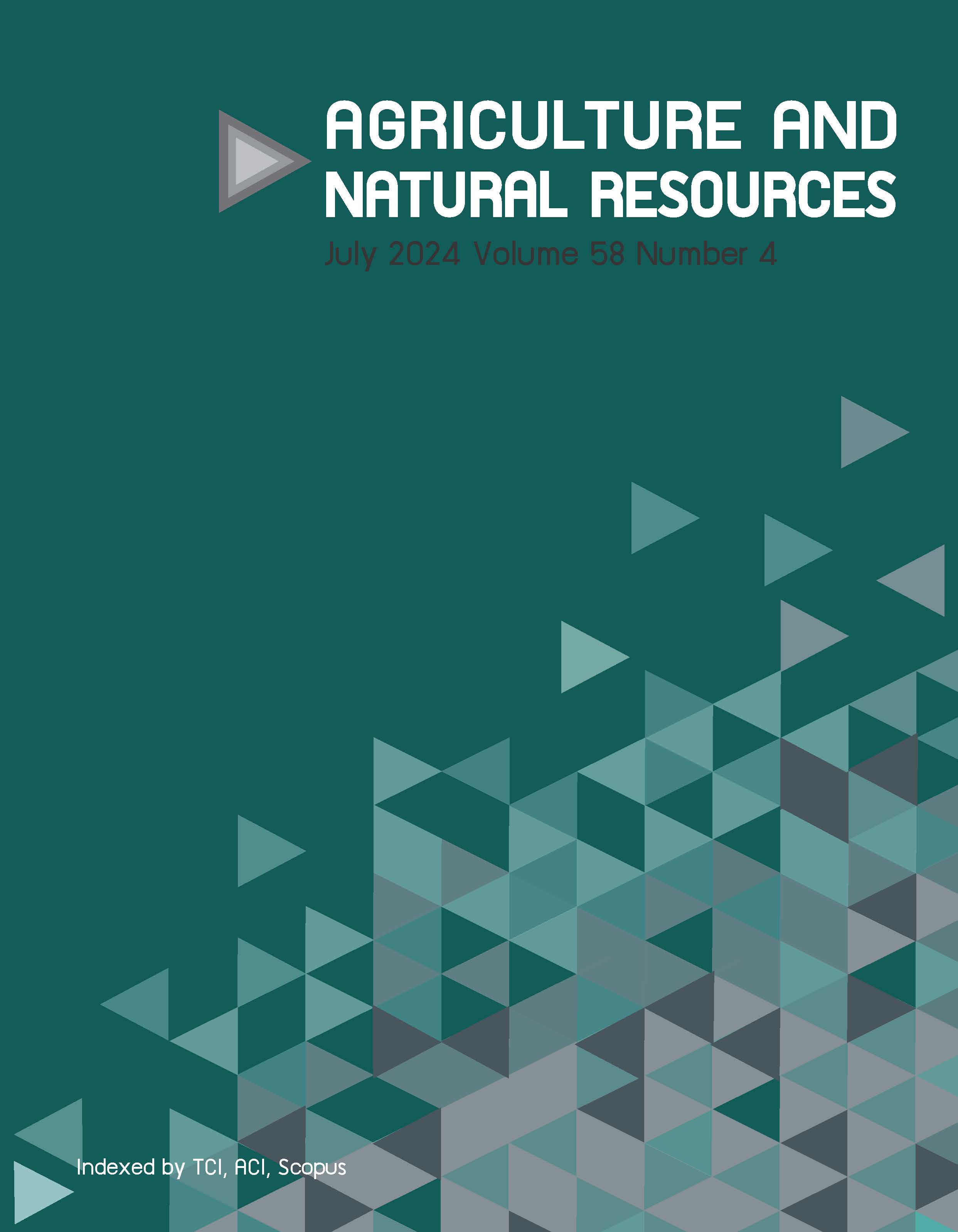Sustainable livestock production systems are key to ensuring food security resilience in response to climate change
Keywords:
Feed resources, Food demand, Population growth, Socio-economic, SustainabilityAbstract
Importance of the work: The global dynamics encompassing production growth, food supply and the confronting scenario of climate change are profound indicators to harnessing livestock production to meet the anticipated demand of the world population of 9.7 billion in 2050.
Objectives: This review collected available research data associated with sustainable livestock production in association with food security and demand.
Results: The main pillars that will play pivotal roles are improvements in infrastructure, providing modern methodologies, enhancing supportive budgeting and fostering mutual networking. The world’s population will continue to increase to 2050 requiring additional supplies of food for human consumption. Livestock production systems are an important contributor to the generation of protein-based products. Under the existing production scenario, both conventional and non-conventional resources are essential as inputs, especially the use of agricultural biomass. Practical interventions are necessary by stakeholders to mitigate methane emissions to reduce global warming. Strong and explicit recommendations by the government on livestock production require reinforcement among the stakeholders, along with the provision of supportive materials and marketing outlets. Food security efficiencies will be achieved through the production of meat, milk and eggs, as well by empowering the stakeholders, consisting of researchers, farmers and the industrial and non-governmental sectors. Furthermore, innovations associated with livestock production should be developed more by stakeholders.
Main findings: Most importantly, networking collaborations are highly encouraged. The outputs, outcomes and impacts should be notable if there is strong commitment and earnest deliberation. Implementations of findings on the ground are essential to provide greater food resilience under climate change impacts.
Downloads
Published
How to Cite
Issue
Section
License
Copyright (c) 2024 Kasetsart University

This work is licensed under a Creative Commons Attribution-NonCommercial-NoDerivatives 4.0 International License.
online 2452-316X print 2468-1458/Copyright © 2022. This is an open access article under the CC BY-NC-ND license (http://creativecommons.org/licenses/by-nc-nd/4.0/),
production and hosting by Kasetsart University of Research and Development Institute on behalf of Kasetsart University.







